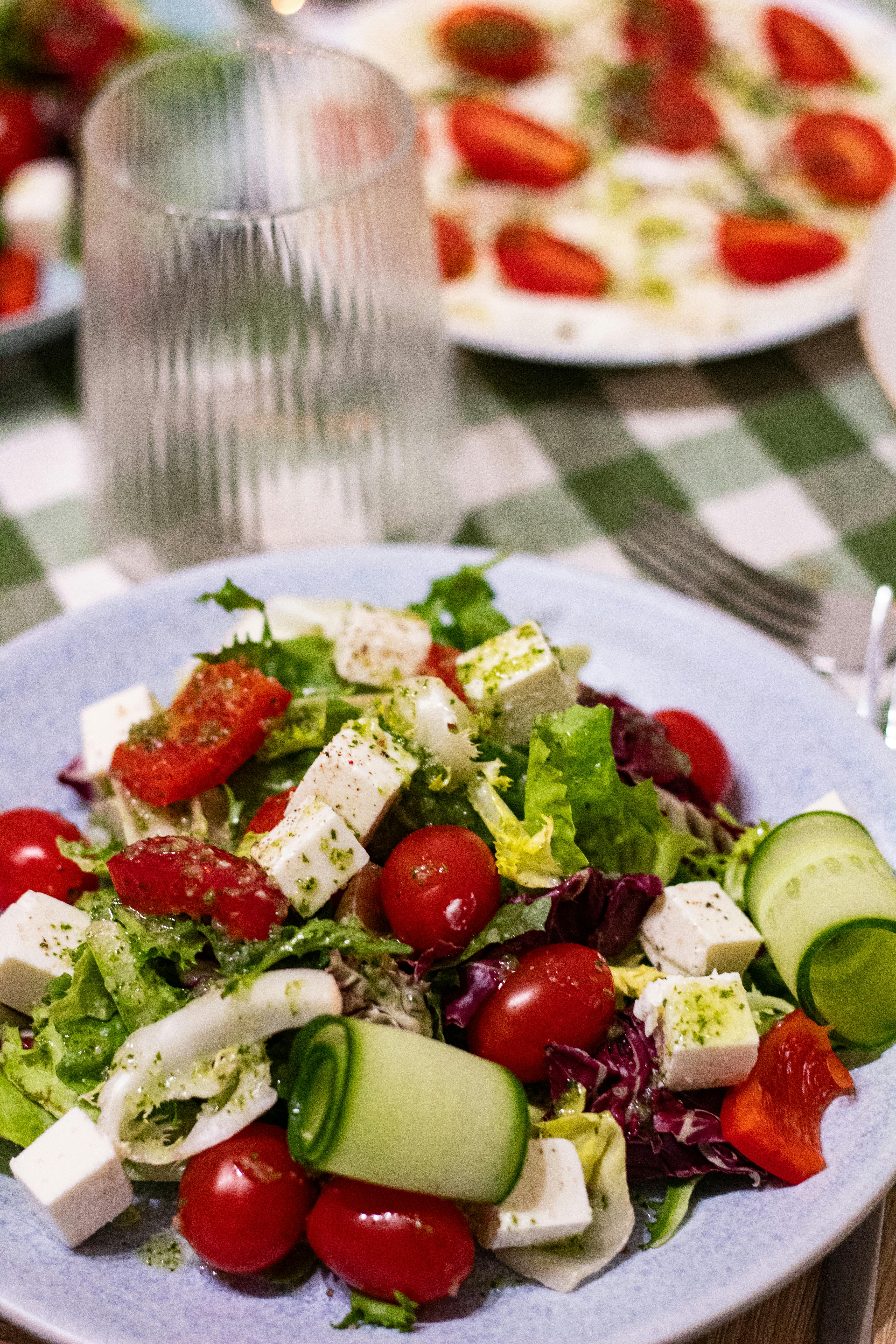
Apply Now
is a fundamental ingredient in many culinary delights, and understanding how to measure it correctly is crucial to achieving perfect results every time. The correct measurement of sugar can significantly impact the taste and texture of your dishes, whether it's baking a cake, preparing a hearty sauce, or crafting a refreshing beverage. This article will guide you through the process of measuring sugar, particularly focusing on how to properly measure 27 grams of sugar.
With various sugar types available, from cane sugar to brown sugar and powdered sugar, knowing the differences can also improve your measurement accuracy. Furthermore, understanding the nuances of sugar measurements aids in adhering to dietary recommendations and managing sugar consumption effectively. By following the guidelines in this article, you'll establish a solid foundation in sugar measurement skills that will enhance your culinary creations.
We'll cover the following topics:
- Different Types of Sugar and Their Measurements
- Essential Tools for Precision Measurement
- The Importance of Accurate Sugar Measurements
- Calculating Grams to Sugar Conversion
- Common Mistakes in Sugar Measurement
- Recommendations for Sugar Alternatives and Healthy Options
By the end of this article, you will be equipped with the knowledge to measure sugar accurately, allowing you to achieve the delicious results you desire.